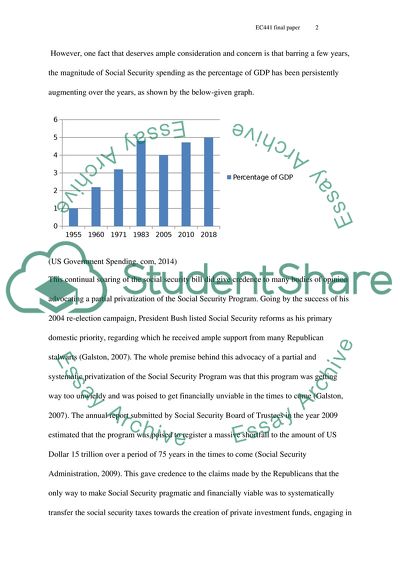Cite this document
(“Social Security Essay Example | Topics and Well Written Essays - 1750 words - 1”, n.d.)
Retrieved from https://studentshare.org/macro-microeconomics/1668341-social-security
Retrieved from https://studentshare.org/macro-microeconomics/1668341-social-security
(Social Security Essay Example | Topics and Well Written Essays - 1750 Words - 1)
https://studentshare.org/macro-microeconomics/1668341-social-security.
https://studentshare.org/macro-microeconomics/1668341-social-security.
“Social Security Essay Example | Topics and Well Written Essays - 1750 Words - 1”, n.d. https://studentshare.org/macro-microeconomics/1668341-social-security.


